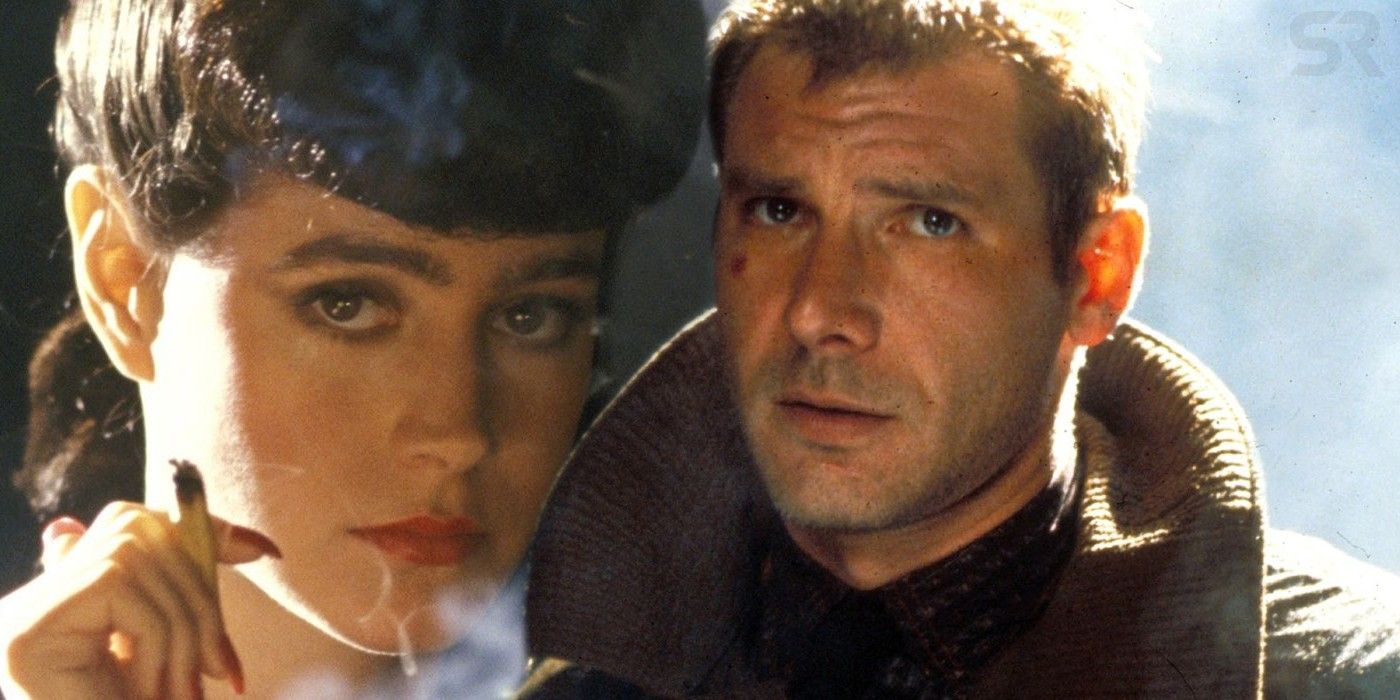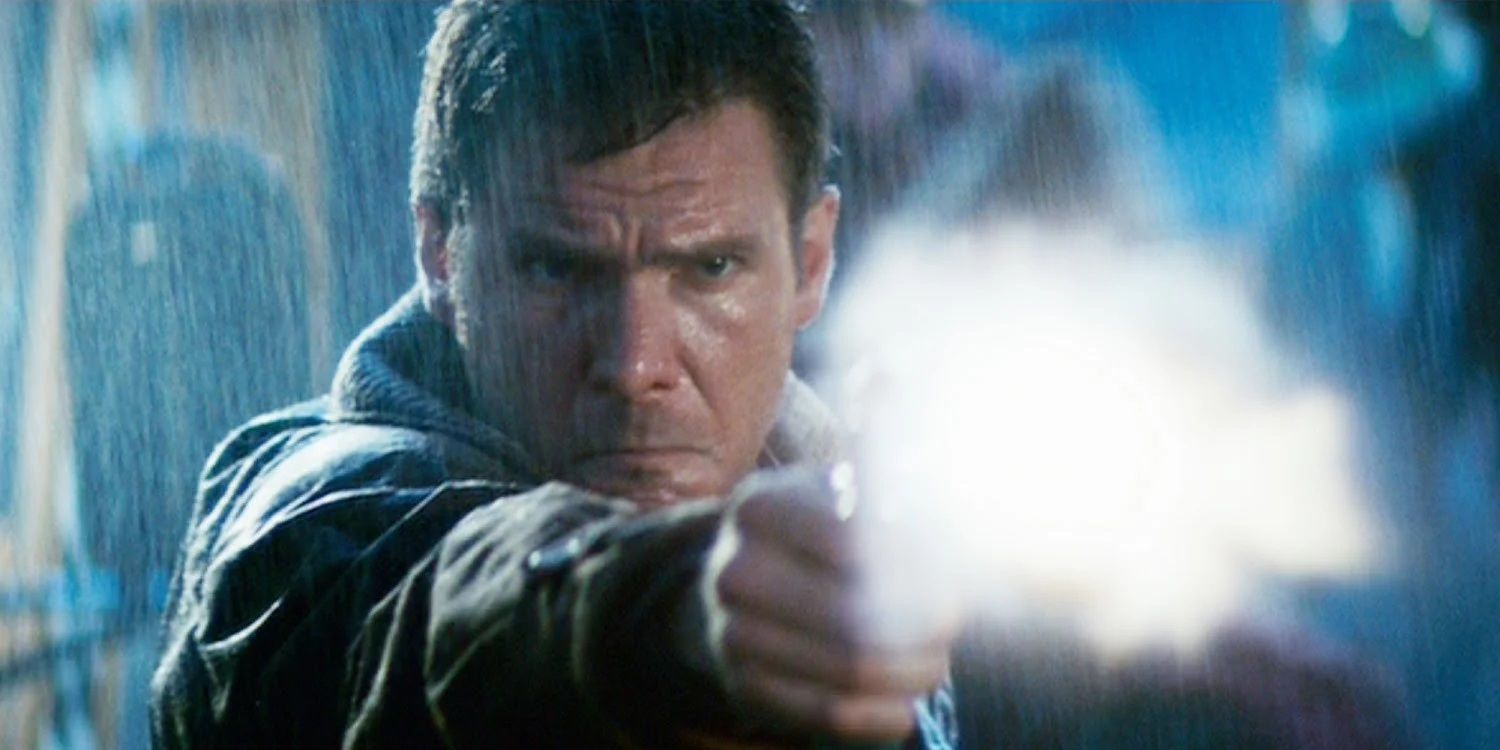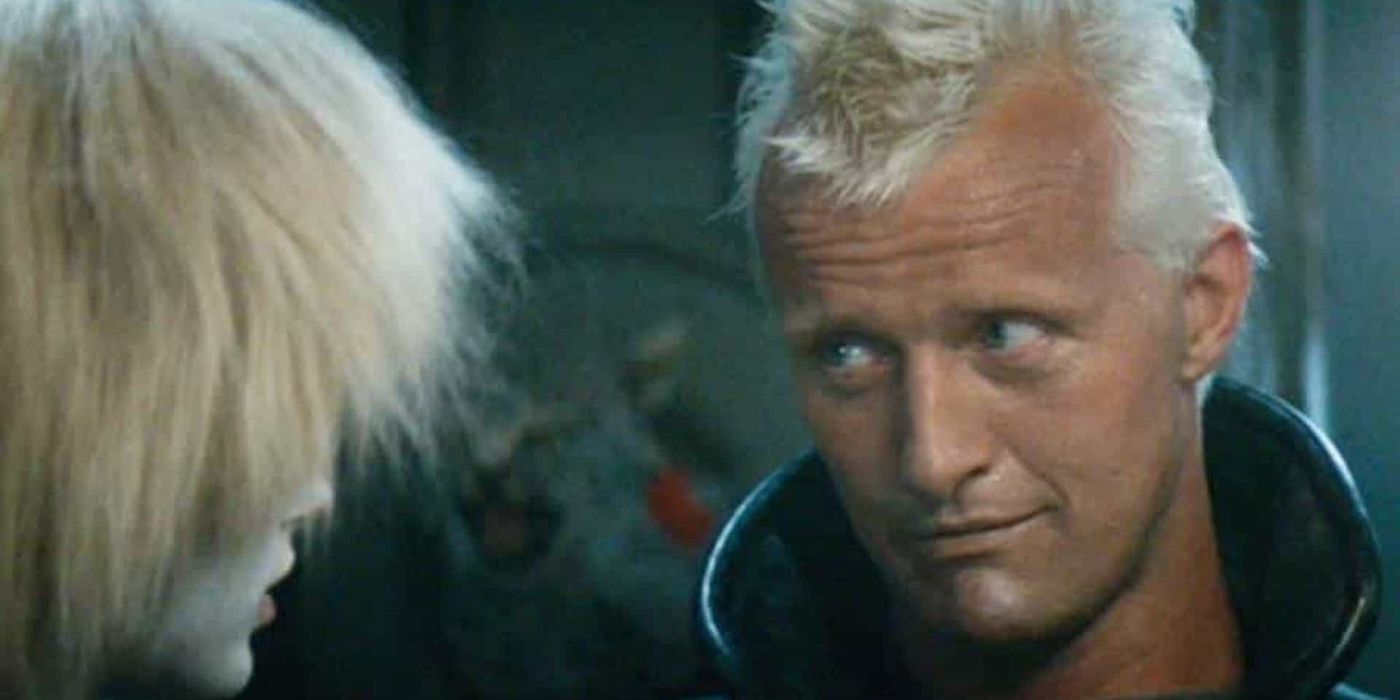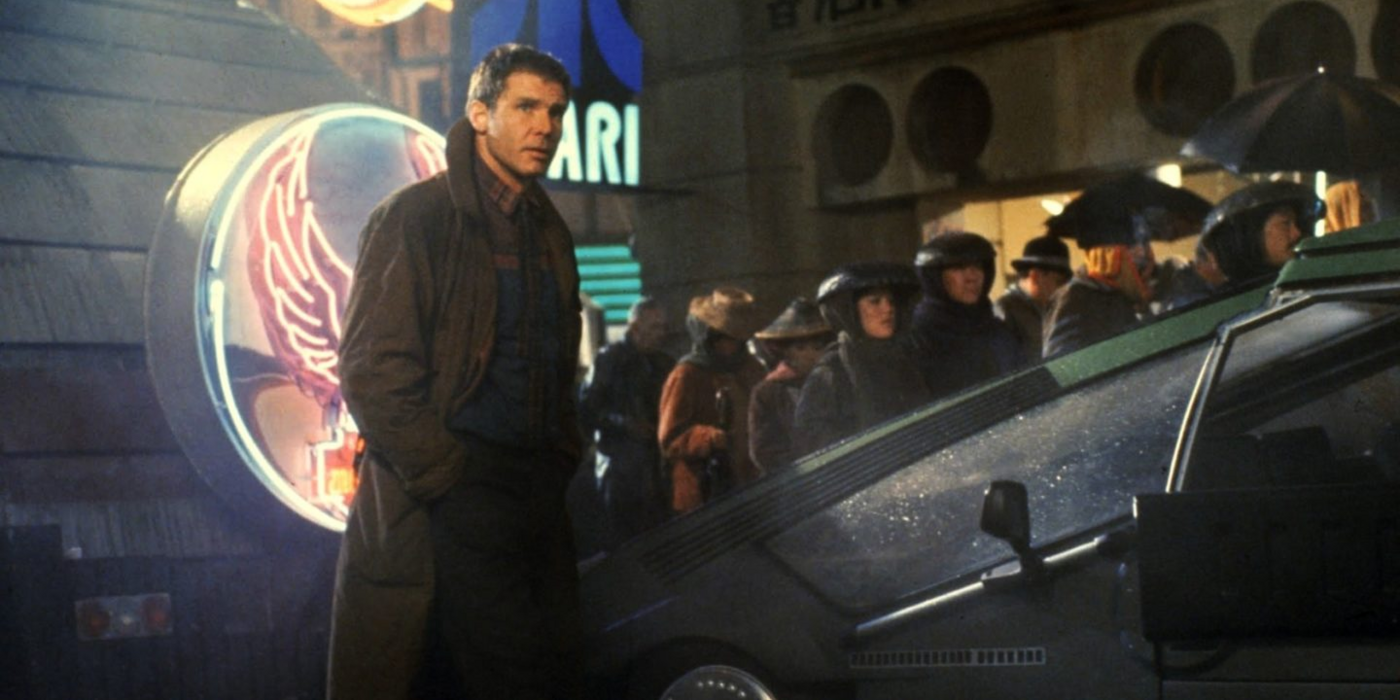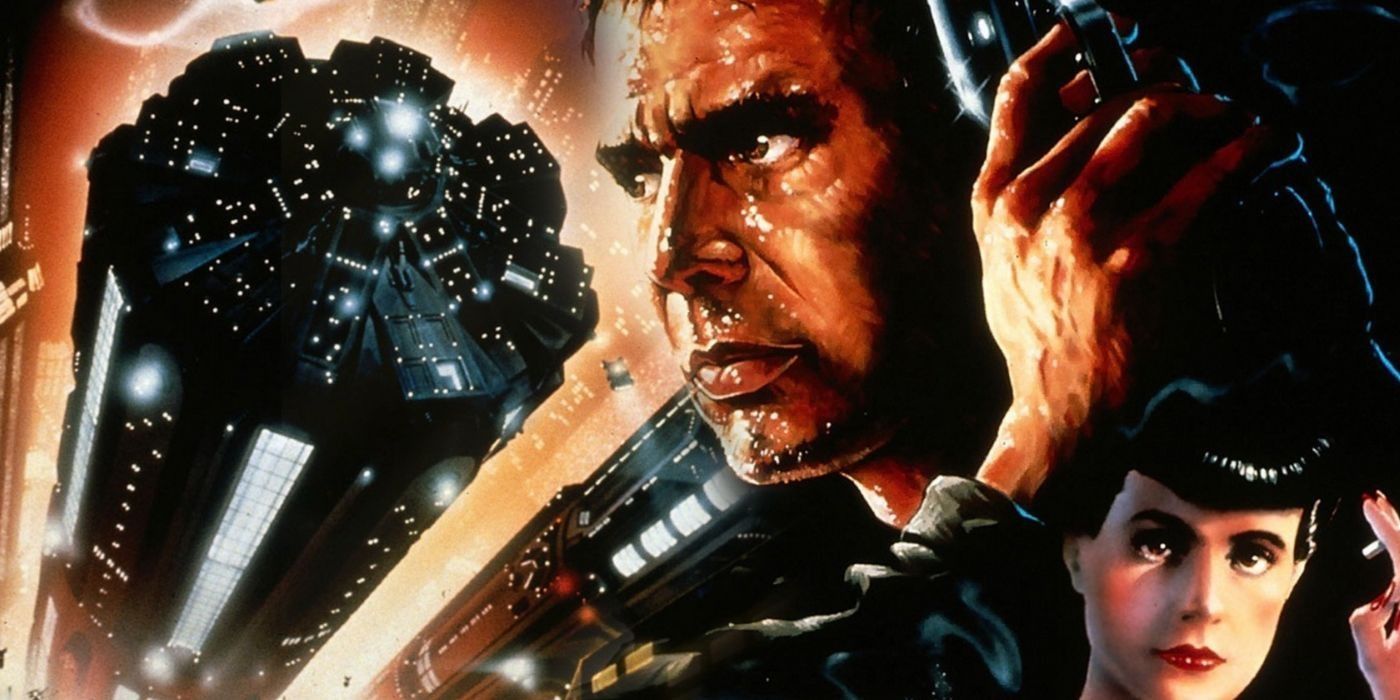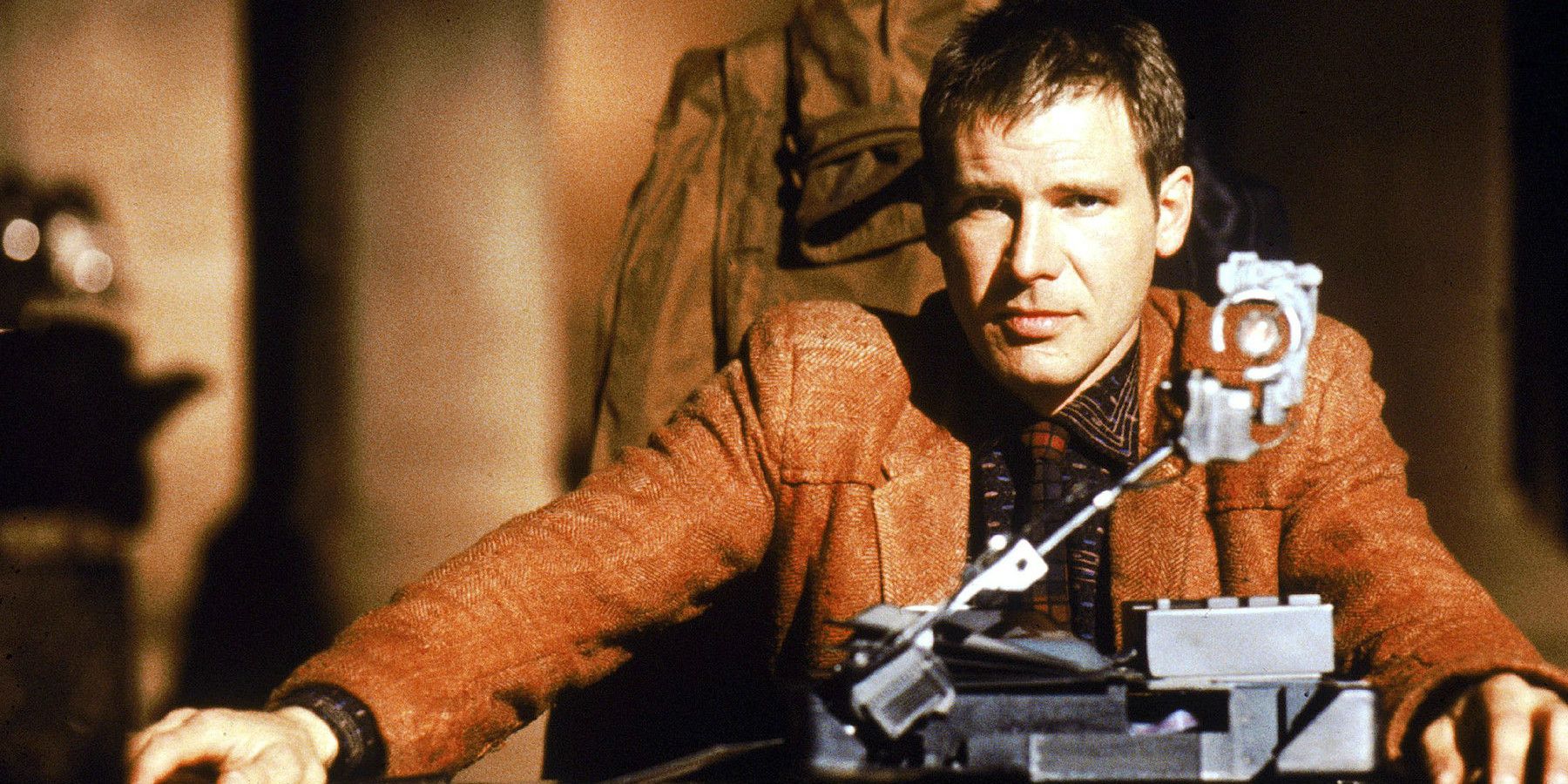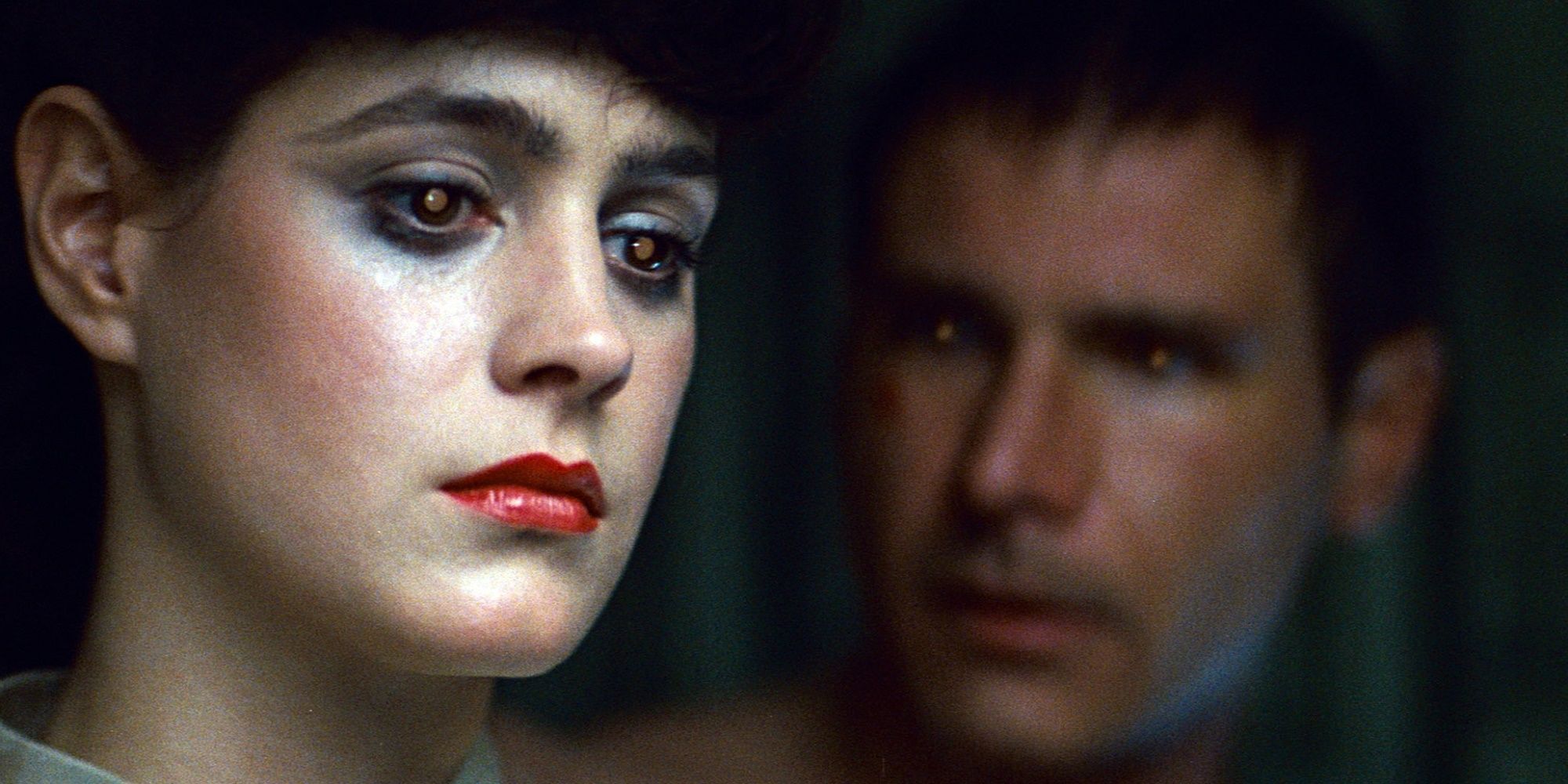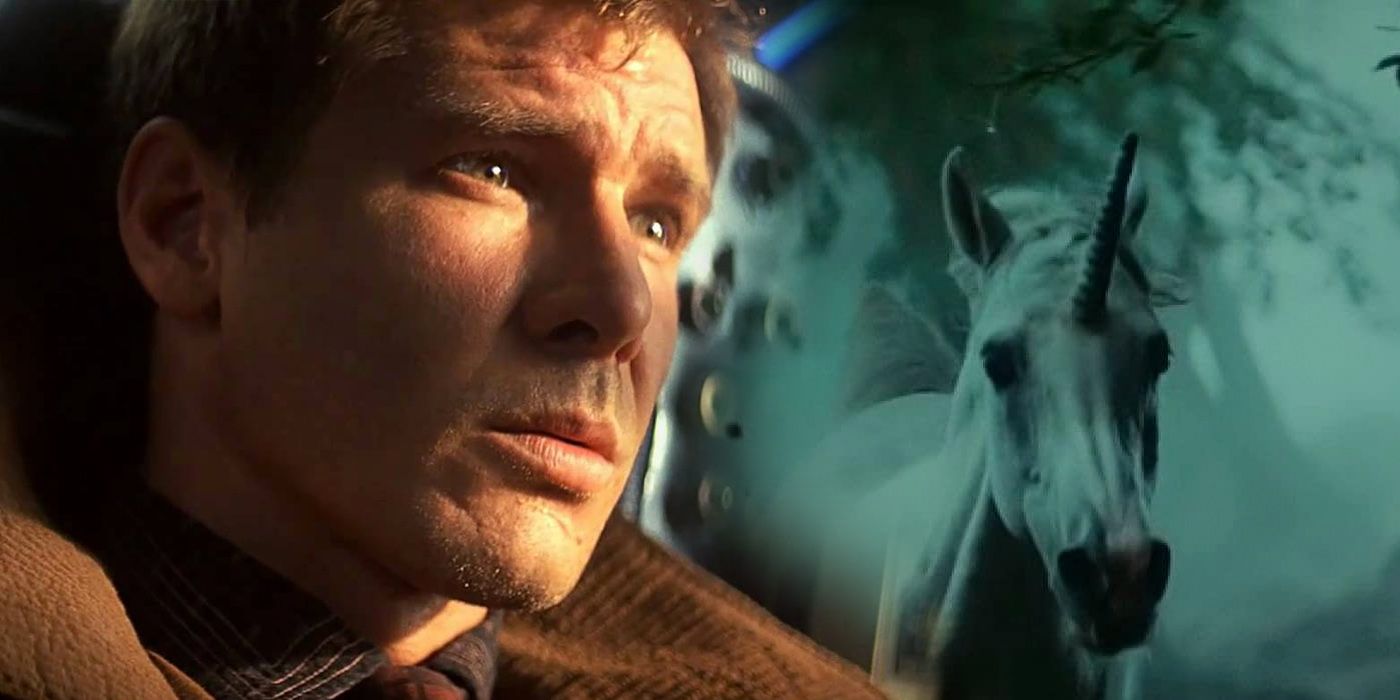Ridley Scott's Blade Runner has received multiple cuts over the years, but which one is the definitive version? Here is every version of the film and how they are different. After making a name for himself in the sci-fi genre with the horror-tinged Alien, Scott's next feature film brought a noir approach to sci-fi by adapting Philip K. Dick's novel "Do Androids of Dream of Electric Sleep?" Blade Runner hit theaters in 1982 with Harrison Ford - fresh off roles in Star Wars and Indiana Jones - playing the lead role of Rick Deckard.
Despite the film's big-budget sci-fi story and the rising profiles of Scott and Ford, Blade Runner was a massive bomb financially upon its release. Set in a futuristic 2019 Los Angeles, the story followed Deckard as he hunted down bioengineered humanoids known as replicants and killed them. However, Blade Runner's entire story revolves around the idea of humanity and whether or not replicants are alive or can love. This is only elevated by the question of whether Deckard is a human or replicant, something Blade Runner never clearly answers.
Blade Runner didn't perform well at the box office and even received a mixed response from critics initially, but that perception has changed over time. Scott's neo-noir sci-fi movie is now regarded as a classic piece of cinema and is well-regarded as one of the best films in the genre and of the director's career. However, the change in Blade Runner's reputation didn't just happen naturally, as Scott worked for years to release his definitive version of the film after studio tinkering changed the movie before its release. Thanks to this practice, there are multiple versions of Blade Runner that movie fans might have seen throughout the years, but only one is what can be described as Scott's actual director's cut. Here's a complete rundown of Blade Runner's multiple cuts.
Workprint Version
Before Blade Runner was ever released, what is known as the workprint version of the film was what Ridley Scott was working on before changes were made. This version of the film was shown to test audiences in early 1982 and received a poor response from viewers. The workprint cut of Blade Runner includes a definition of replicants as "Synthetic human with paraphysical capabilities, having skin/flesh culture" at the beginning that no other cut includes, which replaced the title sequence and crawl that accompanies other cuts. The film's runtime is 1 hour and 53 minutes and was later released in 2007 as part of an Ultimate Collector's home release.
San Diego Sneak Peek
In the lead up to Blade Runner's theatrical release, a not-yet-final cut of the film's theatrical version was shown in San Diego as a sneak peek in May of 1982. This limited access to the film is the only time this version of Blade Runner was seen by the public, although it is almost exactly the same as the eventual theatrical cut. Some of the added scenes in this version of the film include Roy Batty (Rutger Hauer) in a VidPhon Booth and Deckard reloading his gun after Batty was able to break his fingers. While these scenes were removed for the theatrical cut, what audiences then saw in theaters a month later was otherwise the same.
US Theatrical Cut
The theatrical cut of Blade Runner was the definitive version of the film for about a decade and consisted of many differences from what Scott would do with the film later on. This version of Blade Runner is best known for two significant changes, with the most obvious being a narration by Deckard. Scott originally had narration in the script for the movie but decided against including it while filming. After the poor response from test screenings, though, the financers behind Blade Runner mandated that the narration needed to be included. The narration was added to try and clarify the plot of the film, but it was one contributing factor for Blade Runner's lackluster response at first.
This cut of Blade Runner is also where viewers saw the "happy ending" for Deckard and Rachael (Sean Young), which was included in the San Diego sneak peek too. Thanks to the narration and a few added frames, Blade Runner ends with Deckard revealing that Rachael doesn't have a limited lifespan like other replicants. Instead of the film ending with Deckard and Rachael having a ticking clock on their time together or needing to find a way to keep Rachael alive, the theatrical cut allows them to literally drive off through the mountains together.
International Cut/Criterion Edition
Alongside the US theatrical cut of Blade Runner, a more violent version of the film was presented to international audiences. This cut included three additional scenes not shown stateside, such as when Roy Batty gives himself stigmata, but otherwise is identical to the US theatrical cut. Countries across Europe and Asia received this version of Blade Runner, as well as in Australia. It wasn't until 1992 that people in the US could see it on VHS or a Criterion Collection laserdisc, which is why this cut is also known as the Criterion Edition.
US Broadcast Version
In 1986, Blade Runner was altered again to meet broadcast restrictions so it could air in the US on CBS. This version of the film trims three minutes out as it toned down violence, profanity, and nudity. Not only was Blade Runner's R-rated content lightened, but the mystery of the film is also presented differently. A teaser would air before each showing of the movie on CBS that explained the premise of Blade Runner and says that Deckard is not a replicant. The broadcast version of the film also changed the opening crawl and is read by someone other than Ford.
The Director's Cut
A full decade after the theatrical release of Blade Runner, the "Director's Cut" of the film was released. The decision to release this cut was prompted after Warner Bros. allowed the workprint cut to be screened in 1990 and 1991 and labeled it as Scott's director's cut. Scott made it known that this was not the case, though, and led to WB consulting with him to complete a cut that better represented his vision. But, it was Michael Arick who was put in charge of assembling the cut and sifting through Scott's notes.
The end result is a film that is noticeably different from previous versions of Blade Runner. One of the most notable changes was the removal of the narration that was previously placed throughout the movie. The Director's Cut also added the unicorn dream sequence, which was not featured in any of the earlier cuts. This scene saw Deckard have a dream of a unicorn running through a forest while he was playing the piano. The unicorn dream ties into the ending of Blade Runner where Deckard finds an origami unicorn left by Gaff (Edward James Olmos), indicating that the unicorn could be an implanted memory in Deckard and that he is a replicant. The other significant difference between the Director's Cut and what was shown before is the removal of the happy ending, as Blade Runner then ended when the elevator door closed in front of Deckard and Rachael.
The Final Cut
Although Ridley Scott was consulted with the creation of the Director's Cut, 2007 is when he released the "Final Cut" of Blade Runner. This attempt was initially stalled due to legal troubles between Scott and WB, but those issues were solved in 2006 and allowed the director to finish his work with complete artistic freedom. As indicated by the title of this new cut, the Final Cut of Blade Runner is nearly a collection of the various edits of the film, which was also improved by remastering the visuals and sounds.
The changes made to the theatrical cut for the Director's Cut were maintained, but Scott added more elements from the various versions of the film. For starters, he reinserted the more violent scenes that were featured in the international version. The Final Cut also includes the full unicorn dream sequence, which was trimmed down for the Director's Cut. Scott even filmed new scenes and recorded additional dialogue to complete the changes he felt were necessary. The Final Cut of Blade Runner is what Ridley Scott considers to be the definitive version of the film, and it only took him 25 years to release it to the public.

